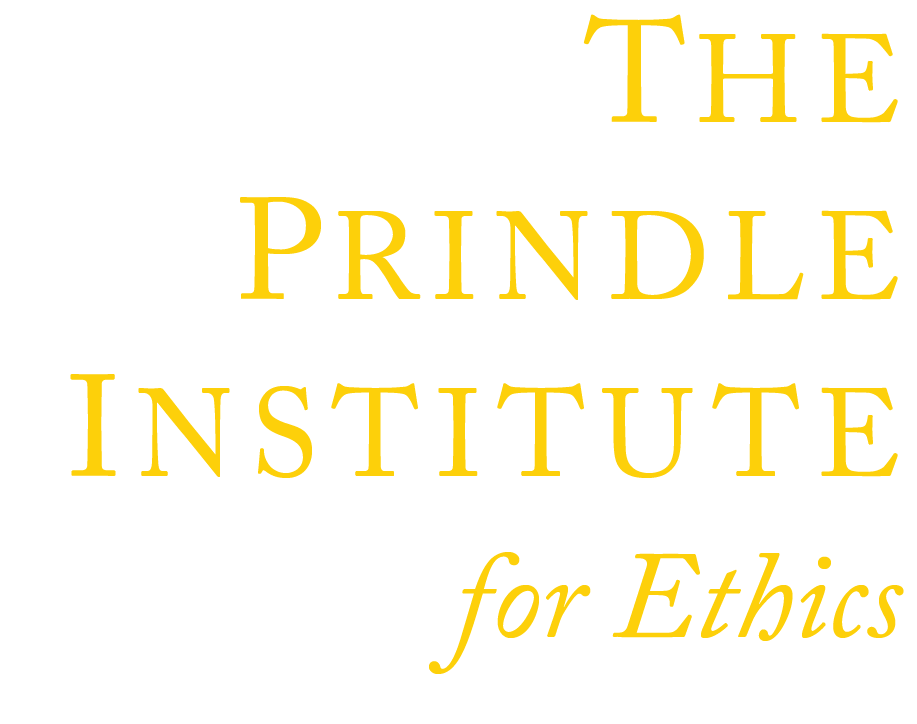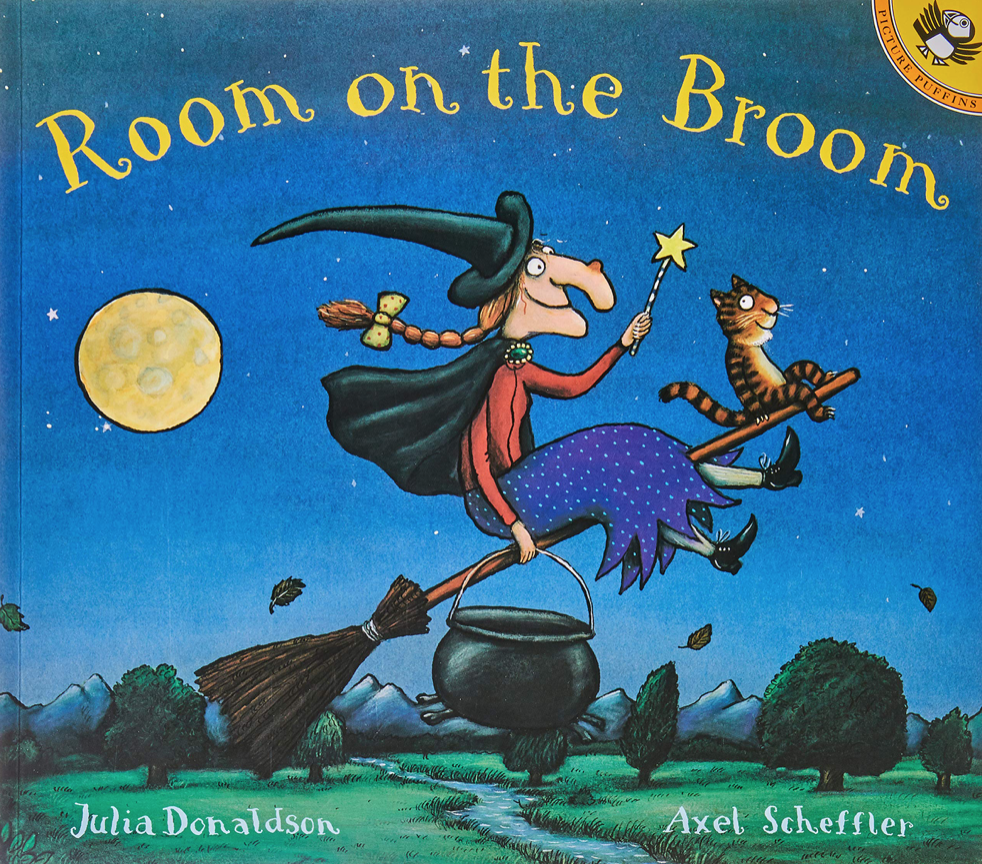Room on the Broom
Book Module Navigation
Summary
Room on the Broom considers questions about friendship, helping others, and teamwork.
A witch and her cat fly around on a broom and the witch accidentally drops some of her things. Other animals on the ground return her items to her and ask for a ride on the broom. The witch says yes to them all, but is there room for all of these new friends?
Read aloud video by Alan Mandel
Guidelines for Philosophical Discussion
Room on the Broom by Julia Donaldson and Axel Scheffler raises questions about what it means to be a friend, helping others, and teamwork. Throughout the story, many different animals help the witch collect items that she has lost. In return, she makes room for them on her broom. At the end of the book, the animals must unite and work together to save the witch from the mean dragon.
The witch eventually makes room on the broom for a cat, dog, bird, and frog. Are all of these characters considered friends? Students can discuss what makes people friends. Would you have made friends with the witch? How do you treat your friends? Further, because the witch allows everyone on her broom, it snaps in two. Students can consider why the witch continued to make room on her broom when there wasn’t really room.
All of the animals in the story help the witch. Students can have discussions about why we help others. Why did the animals return the witch’s belongings? It could be that the animals care for the well-being of the witch. Or could it be that the animals have a self-interest to go on the broom? Could it be both? Is one reason better or worse as motivation to help others?
At the end of the story, the animals unite to save the witch from the mean dragon. Why did they do this and what made them successful? What does it mean to work on a team? What makes a good team?
Questions for Philosophical Discussion
Friendship
The witch makes room on the broom for a cat, dog, bird, and frog.
- Why did the witch let the animals on her broom? Would you have made room on the broom for the animals?
- Would you consider the witch and all of the animals to be friends? Why?
- What makes people friends?
- How is the witch in this story different from the other witches you’ve seen? Would you want to be friends with her?
- The broom broke when the frog “jumped for joy.” Was it the frog’s fault that the broom broke? Who’s fault was it?
- Would it have been fair for the witch to be mad at the frog?
- What if every animal in the world helped the witch, should she try to give everyone a ride?
Helping others
Each animal asked for a ride on the broom after they helped the witch locate her things.
- Why do you think the animals help the witch find her things?
- If the animals knew that the witch could not make room on her broom for them, do you think they still would have helped her?
- If the animals only helped the witch because they wanted something in return, does this make it a selfish act?
- Think of a time when you helped someone. Why did you do it?
- Have you ever helped someone and not wanted anything in return?
- How does helping others make you feel?
Teamwork
The animals worked together to scare off the mean dragon and save the witch.
- Did the animals have to work together to save the witch? Could they have done it on their own?
- Does working with other people make hard things a little less hard? Why or why not?
- The dog, cat, frog, and bird all contributed to the statue to scare off the dragon. Would it have mattered if the frog had refused to help?
- Think about a time when you have worked with a team. Were you successful in what you wanted to accomplish?
- Think of a team that you were a part of that was really good. What made this a really good team?
- Think of a team that you were a part of that wasn’t that good. What made this a bad team?
- What does it mean to be a member of a team?
Find tips for leading a philosophical discussion on our Resources page.






